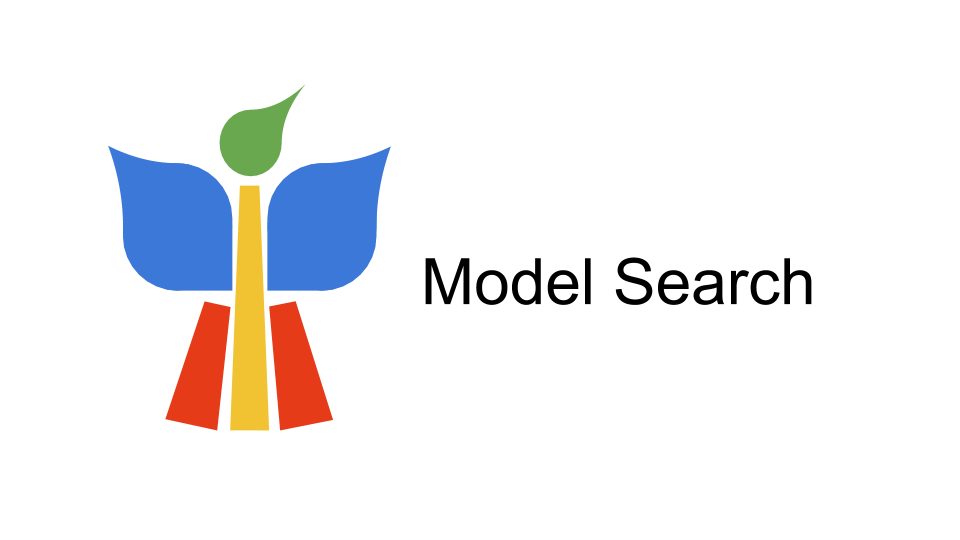OMAMO: orthology-based model organism selection
OMAMO is a tool that suggests the best model organism to study a biological process based on orthologous relationship between a species and human.
The user can consider several species as potential model organisms and the algorithm will rank them and report the output for a given biological process (searched as a GO term or a GO ID) is produced in the dataframe format.
Pipeline
Firstly, download the OMA dataset:
wget https://omabrowser.org/All/OmaServer.h5 -O data/OmaServer.h5 #caution: 94GB
Secondly, using the file data/oma-species.txt find the five-letter UniProt code for species of interest. For example, consider three species Dicdyostelium discodeium , Neurospora crassa and Schizosaccharomyces pombe. Their UniProt codes are DICDI, NEUCR and SCHPO, respectively.
Then, run the code omamo_base.py for each species code (DICDI, NEUCR and SCHPO):
species="DICDI"
mkdir output; cd output
python3 ../omamo_base.py ../data/OmaServer.h5 ../data/go_positive_annotations.tsv ${species}
Once the code finished running, the outputs include ${species}2.csv files which should be combined to create a final dataframe using the code omamo_dataframe.py:
python3 omamo_dataframe.py output
where output is the name of the directory where the user wishes to save the output.
Finally, the output data frame is ready as a CSV file omamo_output_df.csv.
OMAMO Website
You can also visit the OMAMO website, where you can browse biological processes to study in 50 unicellular species.
Change log
Version 0.0.1
- Initial release
Citation
Alina Nicheperovich, Adrian M Altenhoff, Christophe Dessimoz, Sina Majidian, "OMAMO: orthology-based model organism selection", submitted to Bioinformatics journal.
License
OMAMO is a free software: you can redistribute it and/or modify it under the terms of the GNU Lesser General Public License as published by the Free Software Foundation, either version 3 of the License, or (at your option) any later version.
OMAMO is distributed in the hope that it will be useful, but WITHOUT ANY WARRANTY; without even the implied warranty of MERCHANTABILITY or FITNESS FOR A PARTICULAR PURPOSE. See the GNU Lesser General Public License for more details.
You should have received a copy of the GNU Lesser General Public License along with OMAMO. If not, see http://www.gnu.org/licenses/.





